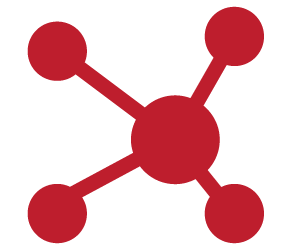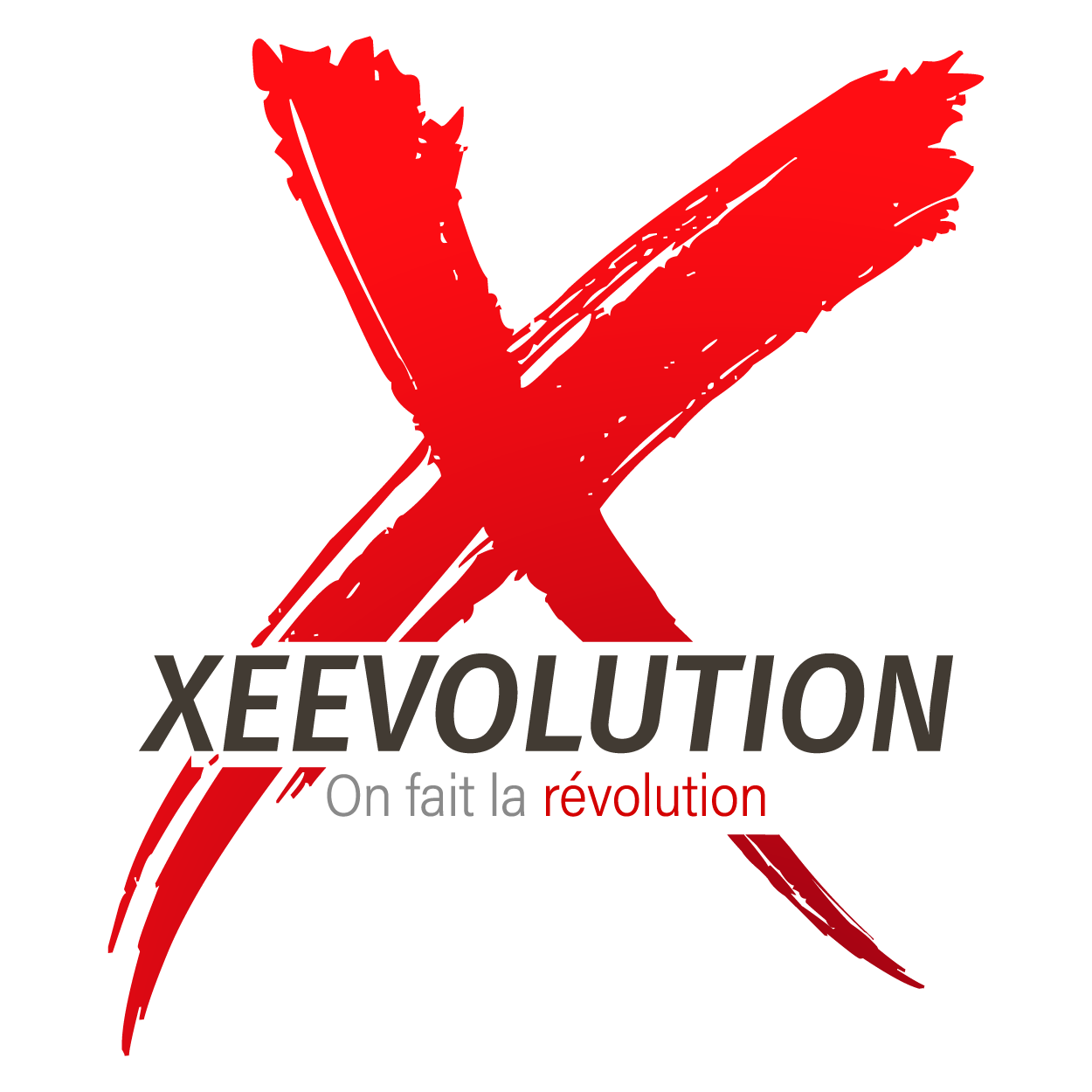HANDCRAFTED BRANDS.
Branding plays a pivotal role in the success of any business. It is the process of shaping and promoting the unique identity and perception of a company, product, or service in the minds of consumers. Effective branding creates a strong and distinct image, sets a business apart from competitors, and builds trust and credibility among customers. It serves as a powerful tool for communicating the values, personality, and promise of a brand, enabling customers to connect emotionally and develop loyalty. A well-established brand also fosters recognition and familiarity, making it easier for consumers to choose your business over alternatives. Moreover, branding can command higher prices, attract top talent, and open up new opportunities for growth and expansion. In today’s competitive marketplace where consumers have endless choices, a solid brand strategy is essential for establishing a strong market presence and driving long-term business success.
HOW ITS DONE
Strength Recognition
During this phase of branding, the strength of a brand becomes evident. We highlights brand with its specific attributes, values, and offerings. Strong recognition means that the brand has successfully carved a distinct identity in the minds of consumers, making it instantly recognizable and memorable. It allows customers to quickly recall the brand when making purchasing decisions, giving the business a competitive advantage. A well-executed recognition phase establishes brand loyalty, trust, and credibility, ultimately leading to increased customer retention and advocacy.
Identifying Target Customer
It involves understanding and defining the specific group of consumers that your brand aims to serve and appeal to. By identifying the target customer, a business can tailor its branding efforts to effectively connect with and meet the needs of this particular audience. In this phase we typically do market research, demographic analysis, and customer segmentation to gain insights into the target audience’s characteristics, preferences, behaviors, and pain points. By understanding their desires, challenges, and motivations, we can create messaging, visual elements, and experiences that resonate with your brand’s target customer.
Researching Competitors
Researching competitors is a vital phase in the branding process. It involves studying and analyzing the strategies, positioning, offerings, and strengths of your competitors operating in the same market or industry. This research provides us valuable insights into the competitive landscape, allowing us to identify opportunities, differentiate , and develop a unique value proposition for your brand. By understanding the strengths and weaknesses of competitors, we can strategically position your brand to stand out and offer something distinct to its target audience.
Focus On Brand Mission
This involves defining and articulating the purpose, vision, and values of the brand. During this phase, we clarifies your brand’s mission statement, which encapsulates the core reason for its existence and the impact it aims to make in the world. By establishing a clear brand mission, we company can align its actions, messaging, and customer interactions with its overarching purpose. This phase also involves developing a brand narrative that communicates the brand’s story, values and unique selling proposition.
Choosing The Selling Point
Here a business determines the unique selling point (USP) of its brand. The USP is the distinctive feature or benefit that sets a brand apart from competitors and appeals to the target audience. In this phase, we analyzes your brand’s products, services, and value proposition to identify the key attributes or advantages that differentiate it in the marketplace. It involves understanding customer needs, preferences, and pain points, as well as assessing competitor offerings.
Choosing The Brand Voice
Here we define the personality, tone, and communication style for your brand. It involves determining how the brand will speak and engage with its target audience across various touchpoints. The brand voice should align with the brand’s values, mission, and target market.
During this phase, businesses consider factors such as their industry, target audience demographics, brand positioning and desired brand perception. They may choose a brand voice that is authoritative, friendly, playful, professional or any other tone that resonates with their target audience.
Creating Brand Story
The brand story is developed by blending creativity, storytelling, and strategic thinking. It aims to create an authentic and memorable narrative that connects with customers on an emotional level. The key elements of a brand story include the brand’s origin, its journey, the problem it solves, and the value it brings to customer’s lives. It should be concise, clear and consistent across all communication channels.
Building Brand Logo And Tagline
Brand logo is a visual symbol that embodies the brand’s values, personality and positioning. It should be unique, visually appealing and easily recognizable. The logo design phase involves exploring different concepts, typography, color palettes and graphic elements to create a logo that captures the brand’s essence and resonates with the target audience.
Tagline is a short and impactful phrase that encapsulates the brand’s key message or value proposition. It should be catchy, memorable, and align with the brand’s positioning.
Building Consistency In Brand Personality
Brand personality refers to the human-like traits and characteristics that are attributed to a brand. It shapes how the brand is perceived by customers and helps establish a connection and emotional resonance. Consistency in brand personality ensures that the brand’s identity is reliable and recognizable across different touchpoints. Once the brand personality is defined, it needs to be consistently reflected in all brand communications and touchpoints. This includes the brand’s visual identity such as logo, color palette, typography and graphic elements.
THE PROCESS

REQUIREMENTS ELICITATION
- Stakeholder Interviews
- Market Research
- Brand Workshops
- Focus Groups

DEVELOPMENT AND TESTING
- Design And Visual Identity
- Brand Messaging
- Marketing Collateral
- Digital Presence
- Packaging And Product Design
- Brand Guidelines

SUPPORT AND MAINTENANCE
- Brand Asset Management
- Brand Audits
- Content Strategy And Creation
- Customer Feedback And Insights
- Brand Reputation Management
- Brand Evolution
LET’S COLLABORATE
